These 7 Strangest Natural Phenomena Will Leave You Speechless
Our planet Earth is full of surprises and mysteries, and not all of them are the kind you've seen on travel shows or documentaries. Beyond the majestic waterfalls and glowing northern lights, lie a collection of bizarre natural wonders that defy logic. These phenomena are real, unexplained, and often overlooked.
This list isn't about the obvious or the overexposed. Instead, it dives into the weirdest, most unbelievable natural events that many people haven't even hear of. These natural wonders will leave you stunned and eager to explore more of Earth's strangest secrets.
ALSO READ: 6 Mind-Boggling Human Reflexes You Didn’t Know You Had
1. Frozen Methane Bubbles, Canada
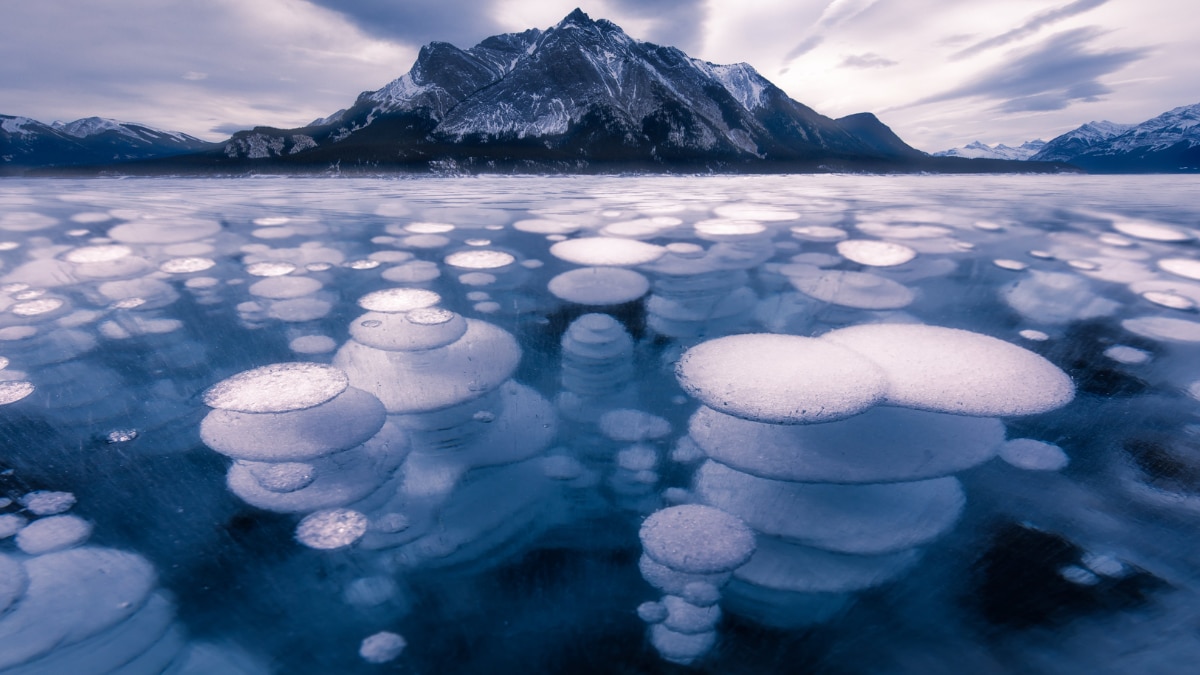 (Image Source: Twitter/@Canada)
(Image Source: Twitter/@Canada)
Imagine walking on a frozen lake and seeking white, orb-like bubbles suspended beneath your feet. Fascinating, isn't it? This isn't art, it's science. At Lake Abraham in Alberta, Canada, methane gas bubbles are trapped underneath, creating a spectacular winter show. When the organic material under the lakebed decomposes, methane is released. In freezing temperatures, it gets trapped as it rises. This forms stacked bubbles that look like frozen jellyfish or floating UFOs.
While these bubbles are beautiful, they're highly inflammable. If they burst and ignite, they can cause mini explosions. It's nature's mix of beauty and danger, making this icy phenomenon one of the most bizarre and lesser-known natural spectacles on Earth. People flock here for photos, not realising that they're walking over trapped and combustible gas.
2. Blood Falls, Antarctica
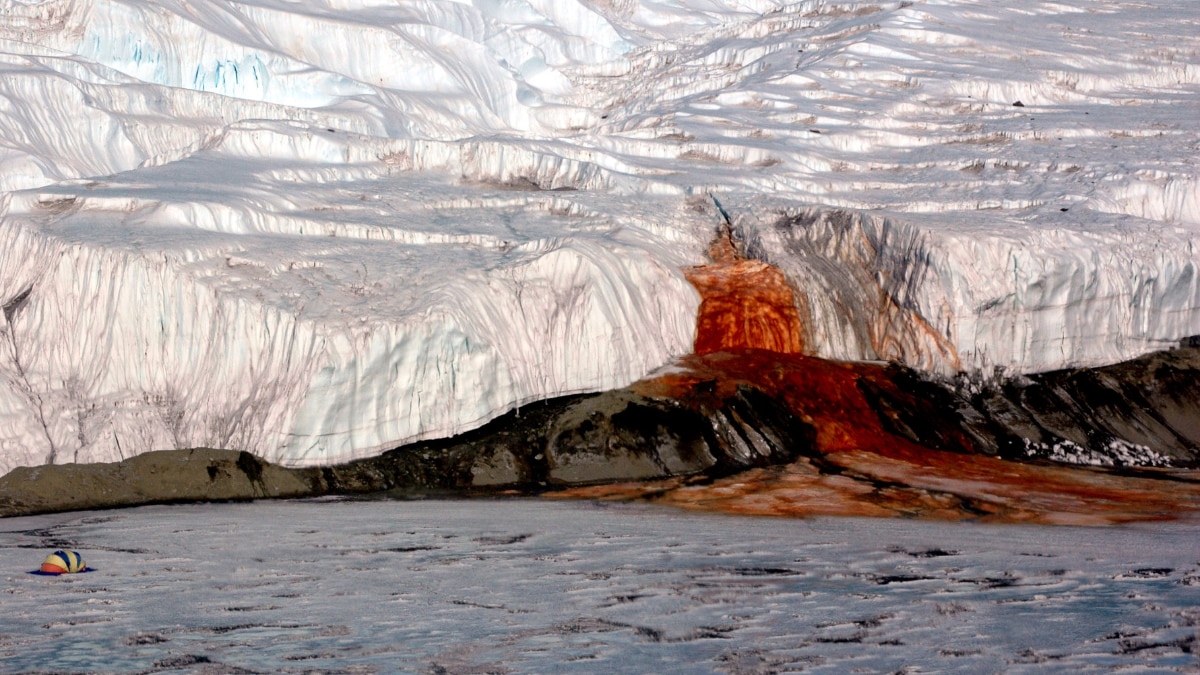 (Image Source: Twitter/@qikipedia)
(Image Source: Twitter/@qikipedia)
Situated in Antarctica, lies a sight that looks straight out of a horror movie. Known as Blood Falls, this eerie cascade bleeds red. It flows from the Taylor Glacier into Lake Bonney. It has a gory appearance, that makes it a visual spectacle. The red colour isn't due to actual blood but to iron-rich water that oxidises when it comes into contact with air.
The weirder thing is that the water originates from a sealed subglacial lake with no oxygen or sunlight and has been trapped for millions of years. The Blood Falls in Antarctica is a biological and geological mystery that challenges everything we thought we knew about survival and Earth's limits.
3. Sailing Stones, California
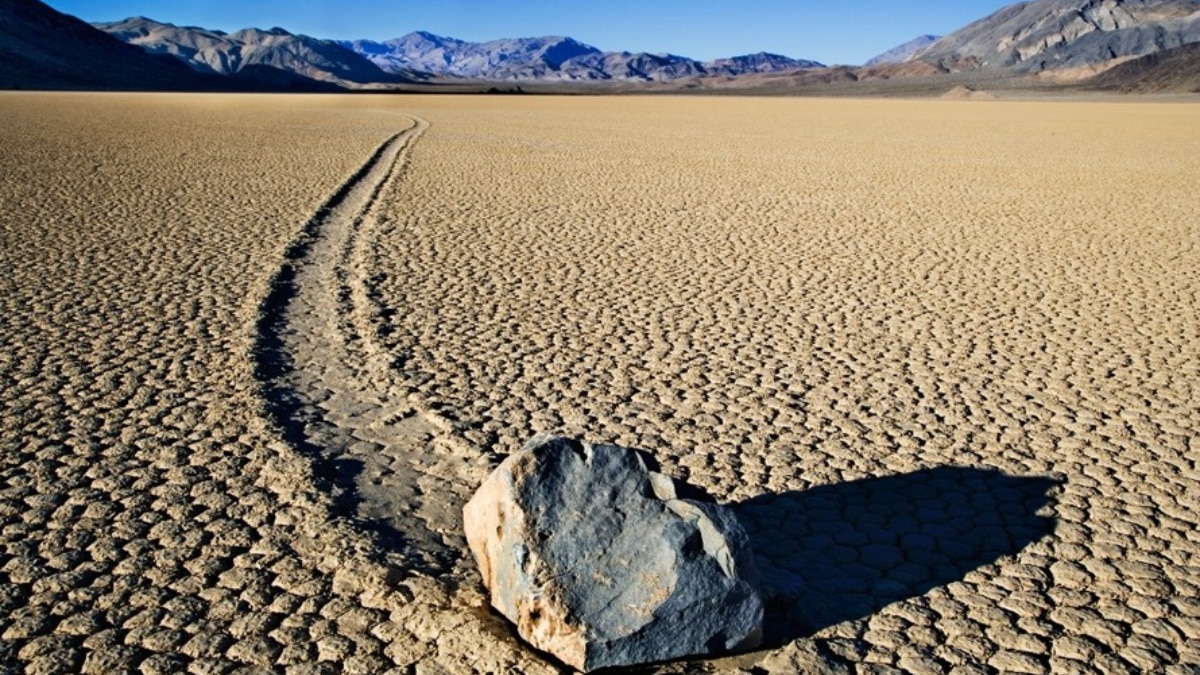 (Image Source: Twitter/@hungertrigger10)
(Image Source: Twitter/@hungertrigger10)
In California's Death Valley, rocks as heavy as 300 kg mysteriously glide across the desert floor, leaving ling trails behind them. They are known as sailing stones, and these rocks move without any human or anima interference. For years, no one could explain the reason behind this phenomena.
After decades or mystery, scientists discovered that a rare combination of rain, ice, and wind causes thin sheets of ice to form under the stones, helping them sail slowly across the cracked desert floor. This happens only under specific conditions, making it a phenomenon that only few people are lucky enough to witness. Even with scientific reasoning, the idea of moving stones in a desert continues to fascinate and fuel myths, making the sailing stones one of Earth’s most puzzling natural occurrences.
4. Lake Natron, Tanzania
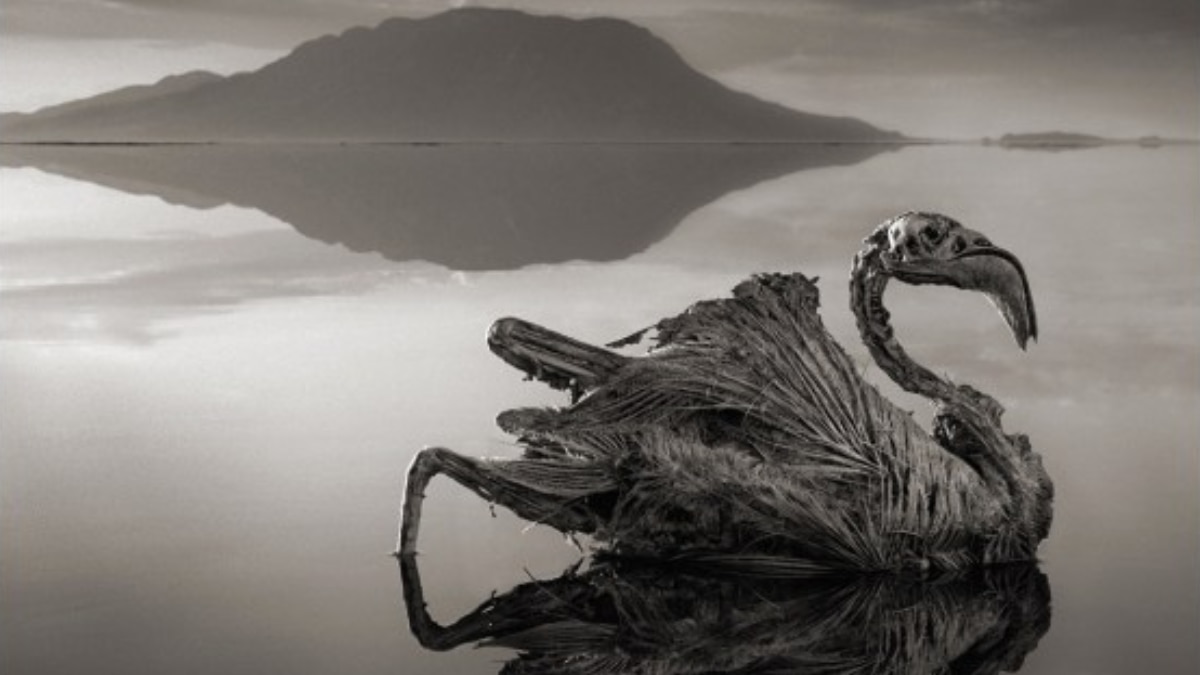 (Image Source: Twitter/@DavidZabinsky)
(Image Source: Twitter/@DavidZabinsky)
In Tanzania, the Lake Natron is an alkaline lake that has extremely high levels of salt and temperatures that can reach 60°C. It creates a deadly environment for most living creatures. What makes Lake Natron truly bizarre is its ability to mummify animals.
Birds and bats that mistakenly land on the lake's surface get trapped and calcifies. Their bodies get preserved in eerie and statue-like forms. The blood red appearance of the lake adds to its creepy vibe. Despite its hostile nature, Lake Natron is home to some resilient species like flamingos, which nest safely on its islands.
5. Light Pillars
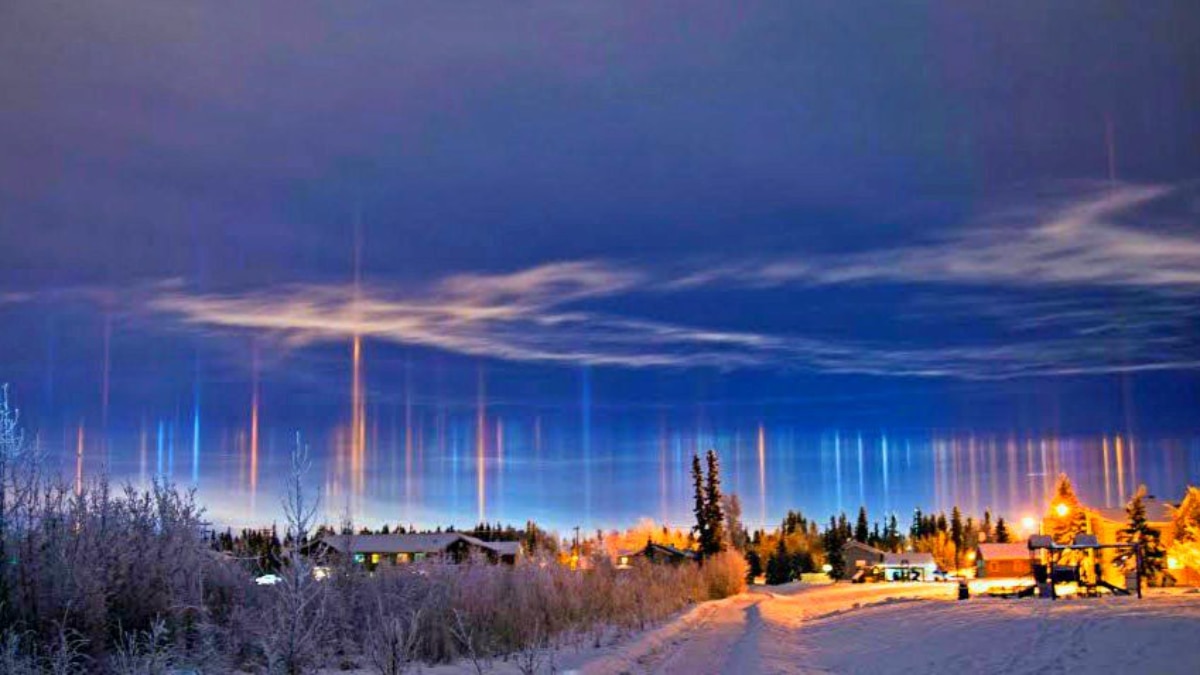 (Image Source: Twitter/@CultureTrip)
(Image Source: Twitter/@CultureTrip)
Have you ever seen vertical beams of light extending into the sky, like something out of a sci-fi movie? These are light pillars. It's an optical illusion that occurs when ice crystals that are suspended in the air reflect light from sources like streetlamps or the sun.
These are different from the northern lights are they aren't caused by particles in the atmosphere but by the perfect alignment of flat, hexagonal ice crystals floating close to the ground. They reflect light upward and create glowing towers in the sky. This natural phenomenon is most commonly seen in Arctic or sub-Arctic regions during extremely cold weather.
6. Fairy Circles, Namibia
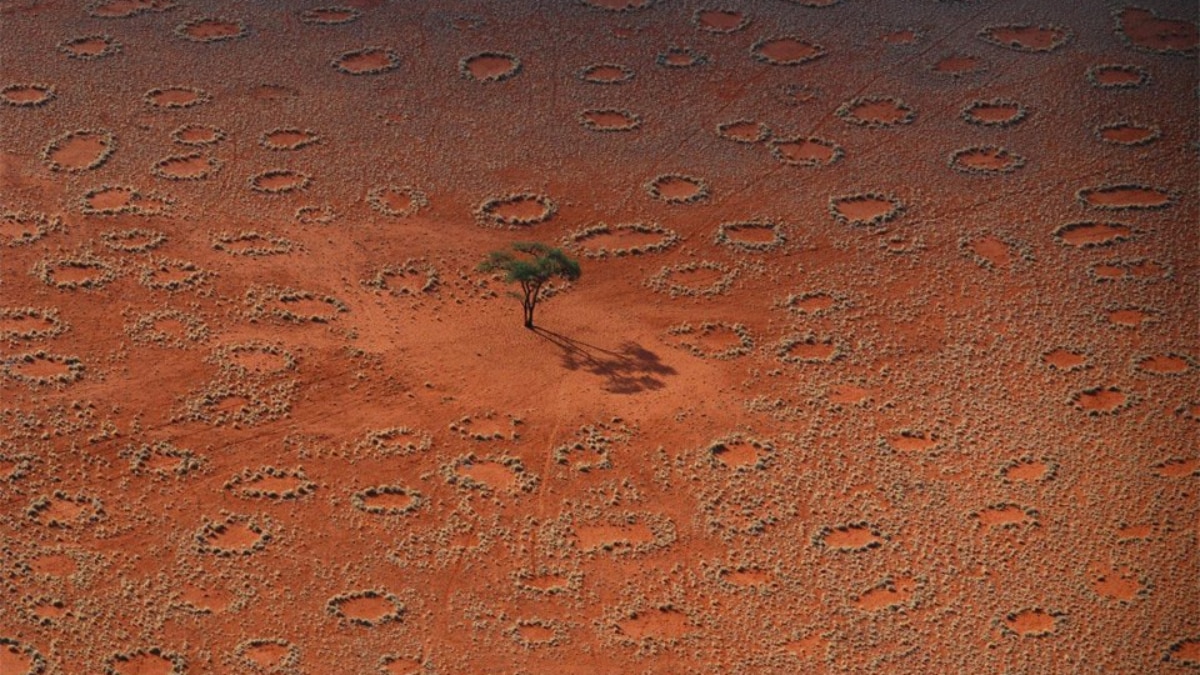 (Image Source: Twitter/@Piclogy)
(Image Source: Twitter/@Piclogy)
Scattered across the Namid Desert, there lies thousands of circular patches of barre land that's surrounded by vegetation called fairy circles. They can span from a few feet to over 20 metres in diameter. Local legends attribute them to footprints of gods, spirits, and even dragon breath.
Some theories suggest termites are responsible, while others argue it's due to self-organisation in plant competition for limited water resources.
7. Catatumbo Lightning, Venezuela
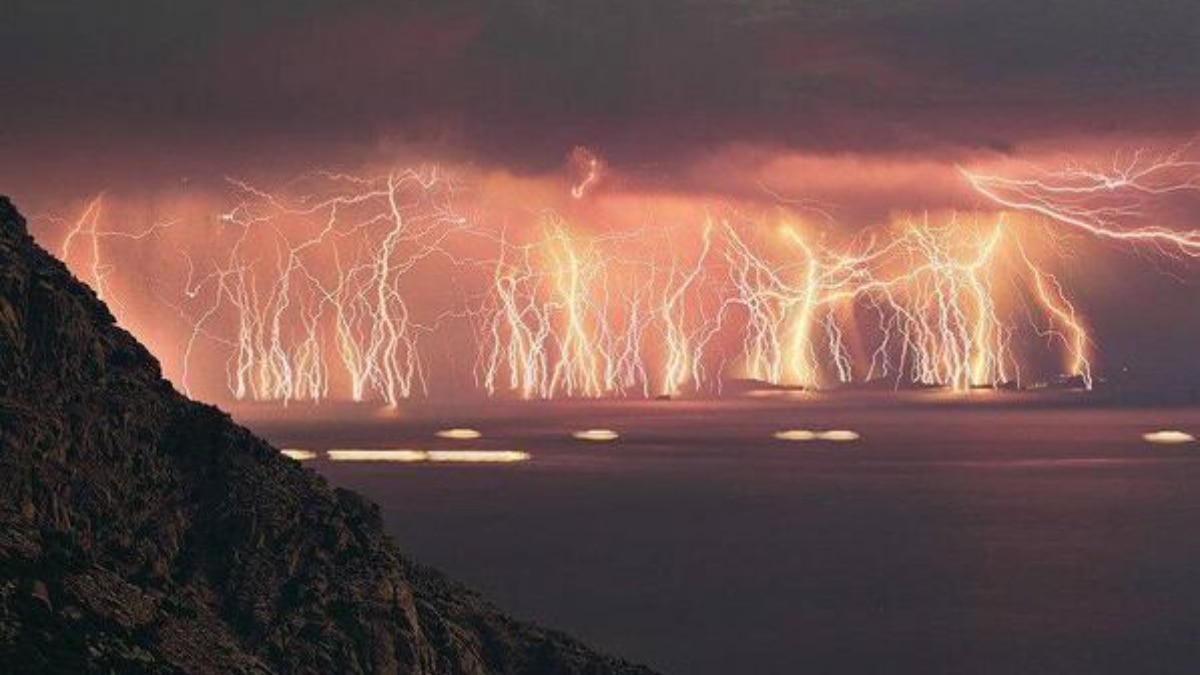 (Image Source: Twitter/@RyanSojrn)
(Image Source: Twitter/@RyanSojrn)
There's a lightning storm that never seems to stop near Lake Maracaibo in Venezuela. Known as Catatumbo Lightning, this weather event produces lightning flashes up to 260 nights a year. It sometimes lasts up to 10 hours a night and strikes up to 280 times an hour.
The stranger thing is that there's usually no thunder or rain, and just relentless flashes in the sky. Scientists believe that unique combination of warm lake air and surrounding mountains creates a perfect storm loop. It’s also a critical atmospheric event that regenerates Earth’s ozone, making it one of the few natural spectacles with global impact.
lifestyle